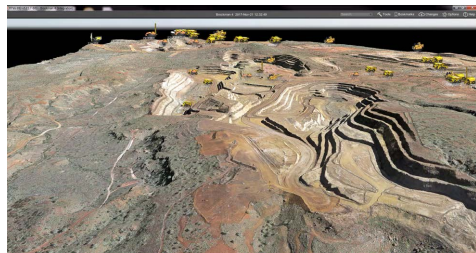Zhiheng Zhou | Sun Sep 28 2025
The Future of Fine Jewelry: A Framework for Transparent and Sustainable Supply Chains
1 Introduction:
2 Research Framework and Methodology
2.1 Theoretical Basis and Conceptual Framework
2.2 Research Methodology
-
Literature review of academic, industry, and conference publications -
Data collection via expert interviews and case studies with professionals in sustainability, jewelry design, and mining -
Validation through a 6-month internship with Bulgari’s corporate social responsibility team -
Reflective analysis and future goal-setting, supported by research collaborations with the Rochester Institute of Technology and Stanford University
3 Sustainability Challenges in the High Jewelry Industry
3.1 Environmental Challenges and Resource Scarcity
3.2 Social and Ethical Challenges
3.3 Supply Chain Complexity and Lack of Transparency
4 Technological Innovations and Solutions
4.1 Identification Technologies and Tracking Systems
4.2 The Revolutionary Potential of Blockchain Technology
-
Everledger: diamond and gemstone traceability -
De Beers’ Tracr: blockchain-based diamond tracking -
Aura Blockchain Consortium: founded by LVMH, Prada, Cartier, and others, delivering unified luxury sector solutions

4.3 Innovative Application of Digital Product Passport
4.4 Application of Artificial Intelligence and Laser Technology


5 Implementation Guidance and Strategic Framework
5.1 Comprehensive Traceability Management System
-
Establish strong management systems and supply chain policies -
Identify and assess risks (e.g., human rights abuses, fraud) -
Develop and implement risk response strategies -
Conduct third-party audits -
Publicly report on due diligence efforts
5.2 Implement Traceability Gradually Through Pilot Projects
5.3 Using AI for Supplier Risk Assessment
5.4 Integrate Technological Innovation with Business Processes
6 Conclusions and Future Outlook
6.1 Research Contributions and Value
6.2 Future Research Directions
6.3 Industry Outlook and Recommendations



 to show code
to show code





















































































































































